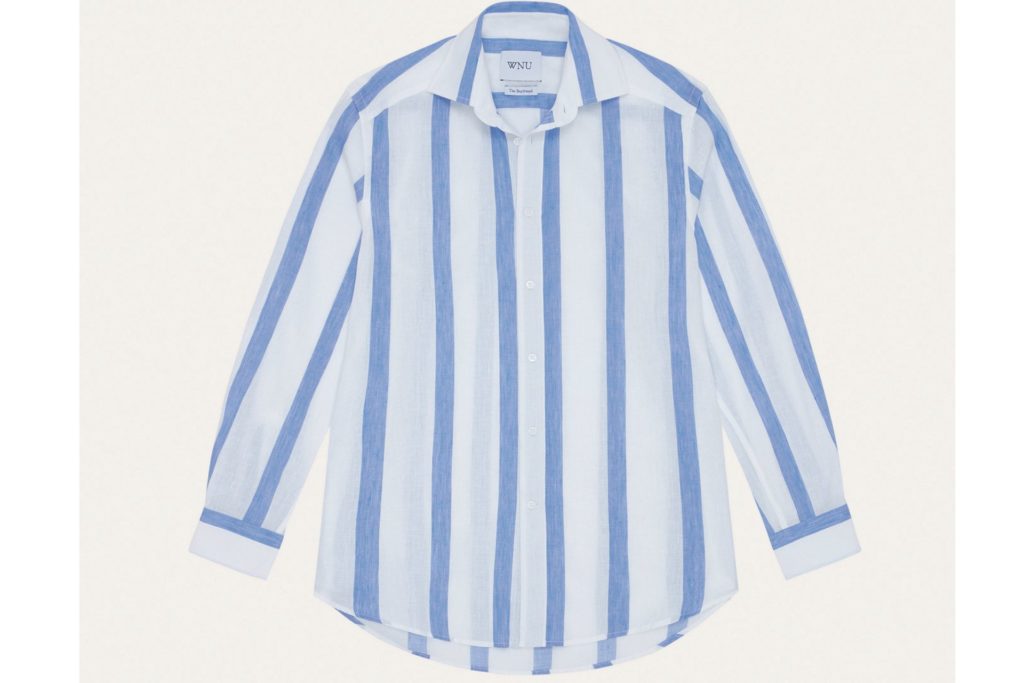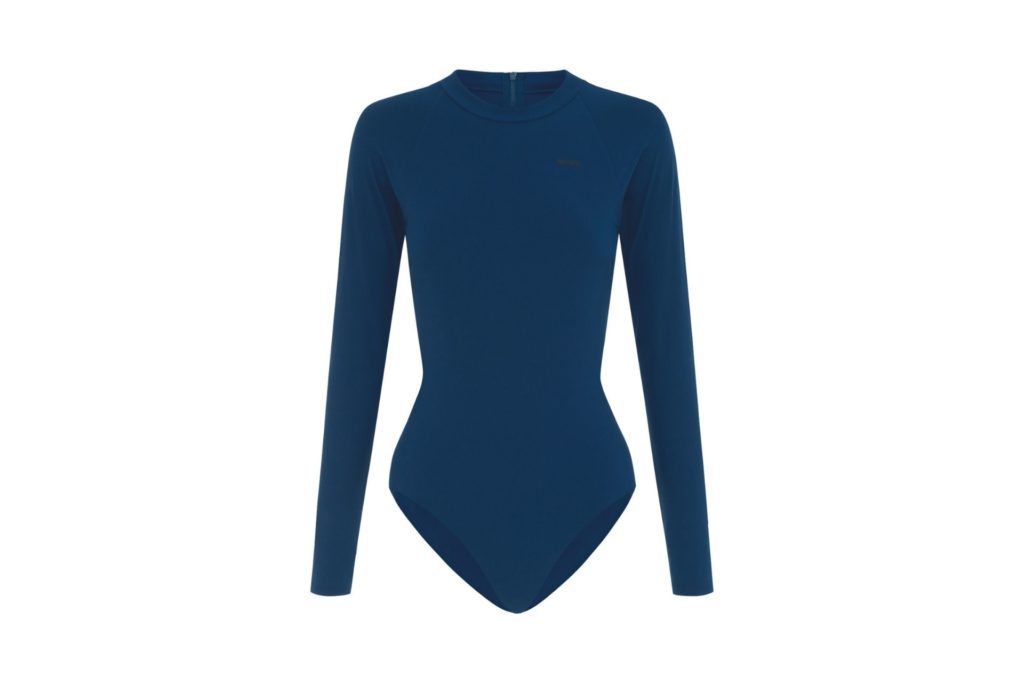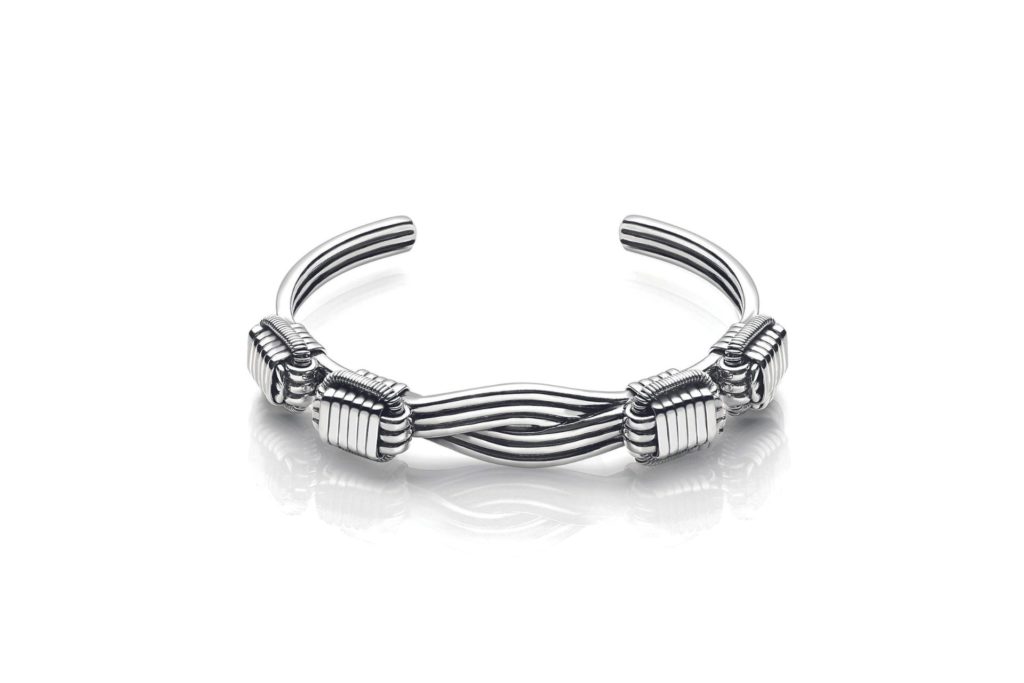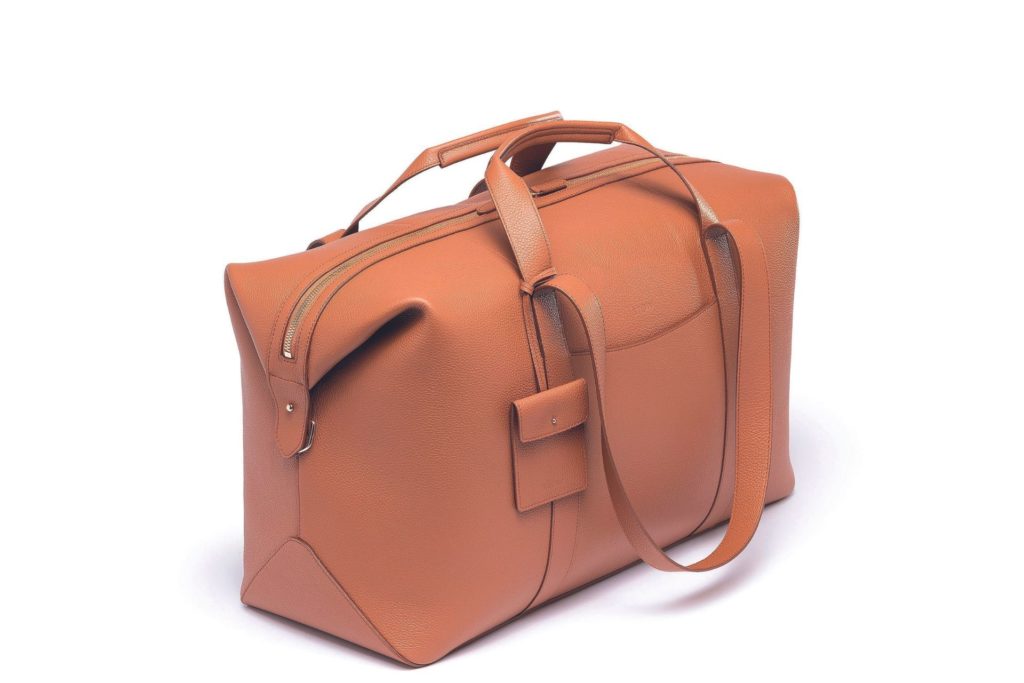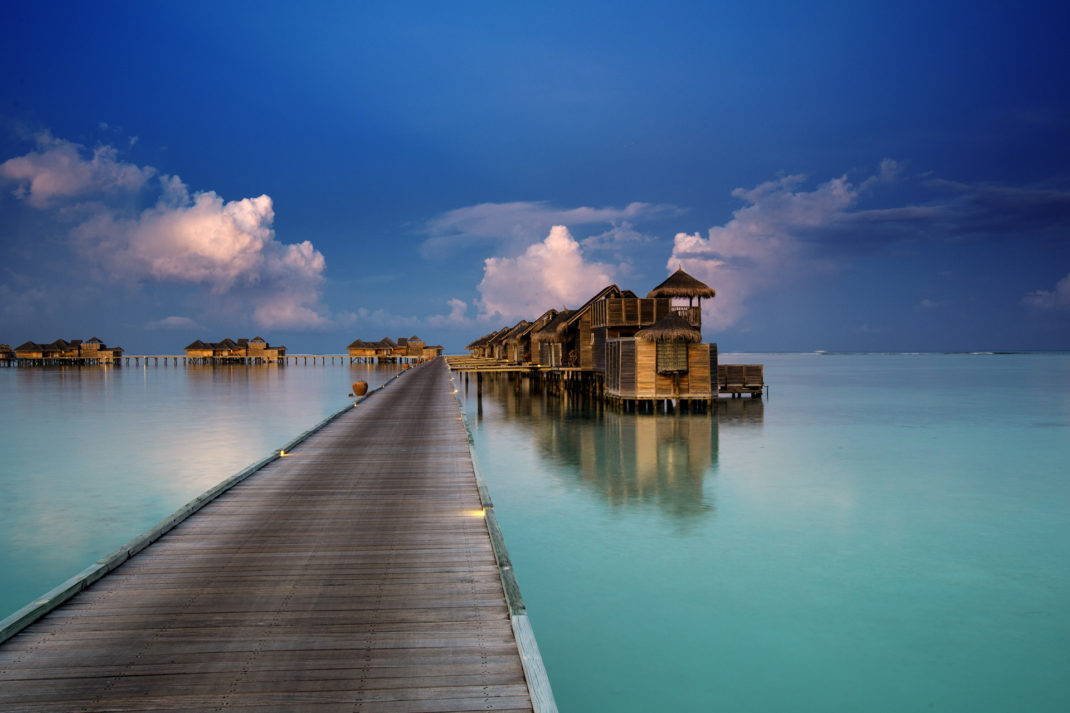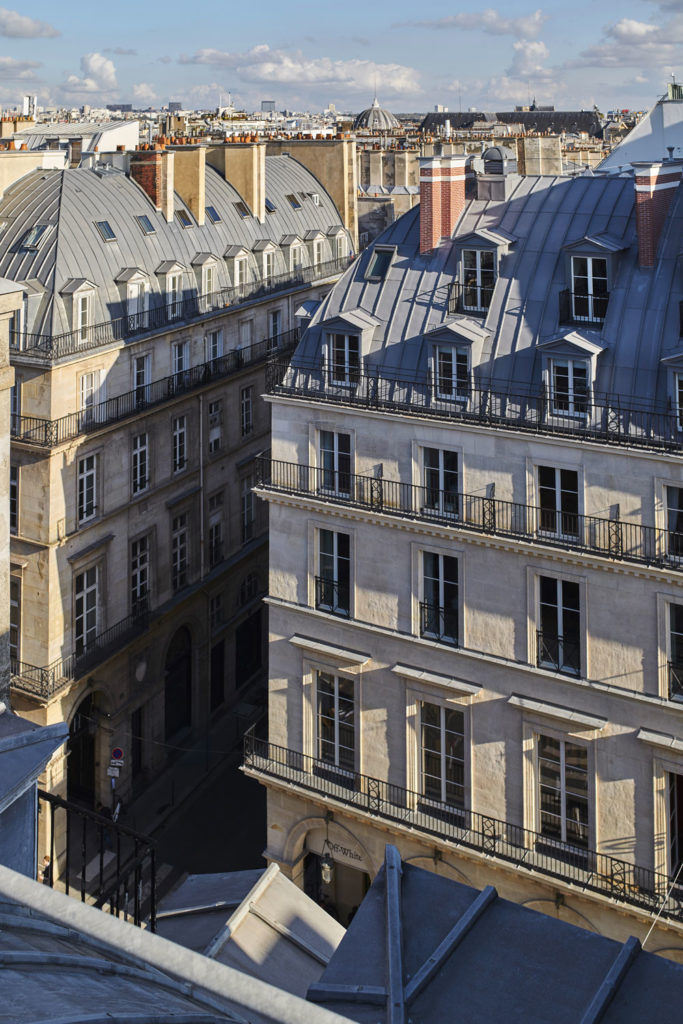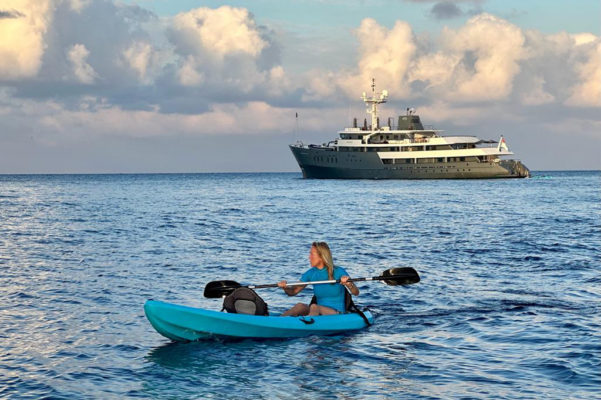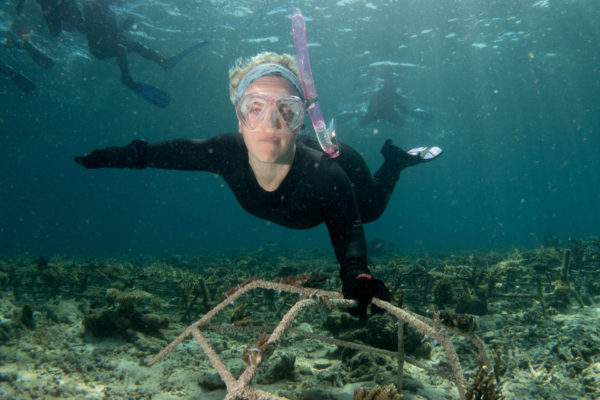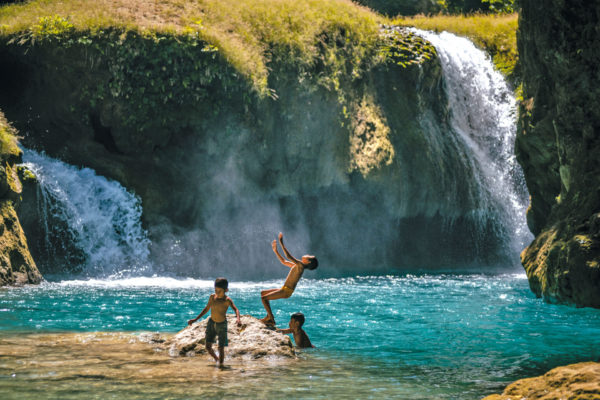Raja Ampat, Indonesia: Is This Earth’s Last Great Paradise?
By
11 months ago
Dive deep into this stunning marine landscape
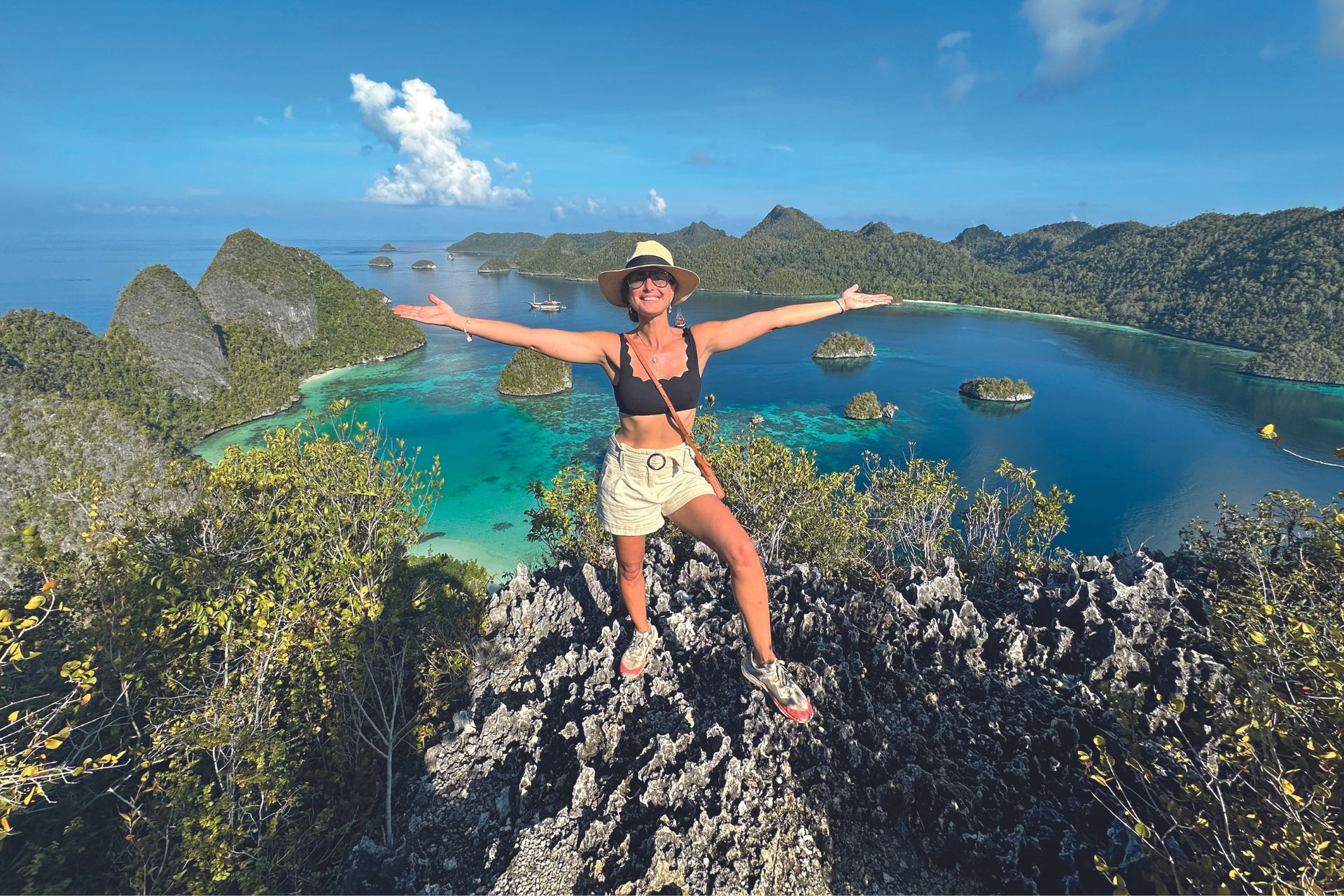
Our Editor-At-Wild Fee Drummond sets sail to possibly the last great paradise on Earth: Raja Ampat, Indonesia.
Read the C&TH Responsible Tourism Guide
Postcards From… Raja Ampat, Indonesia
Raja Ampat is home to more than 1,600 species of fish, 75 percent of the world’s known coral species, six of the seven known species of vulnerable to critically endangered sea turtles, and 17 known species of marine mammals. It’s a conservation triumph where reef manta rays have doubled in population. In short, the Indonesian archipelago is one of the most marine biodiverse locations on earth. However, the dance between the benefits of eco-tourism and conservation must be carefully choreographed in order to preserve this last piece of paradise for generations to come – for this marine sanctuary is critical to our future and oceanic regeneration…
Setting Sail
Our home from home is a comfortable dive specific gaff rig boat, with the most excellent sunset spots, crew and food, with professional camera charging stations. We arrive at night and can’t resist a dive. Within minutes I see my fist Walking sharks, three of them. After six days of up to three dives a day, I am thrillingly fit, strong, sated, knackered, and unbelievably chilled. Absorbing minerals in seawater this way leaves my mental mode resembling a chilled surfer flow state.
Sharks Ahoy
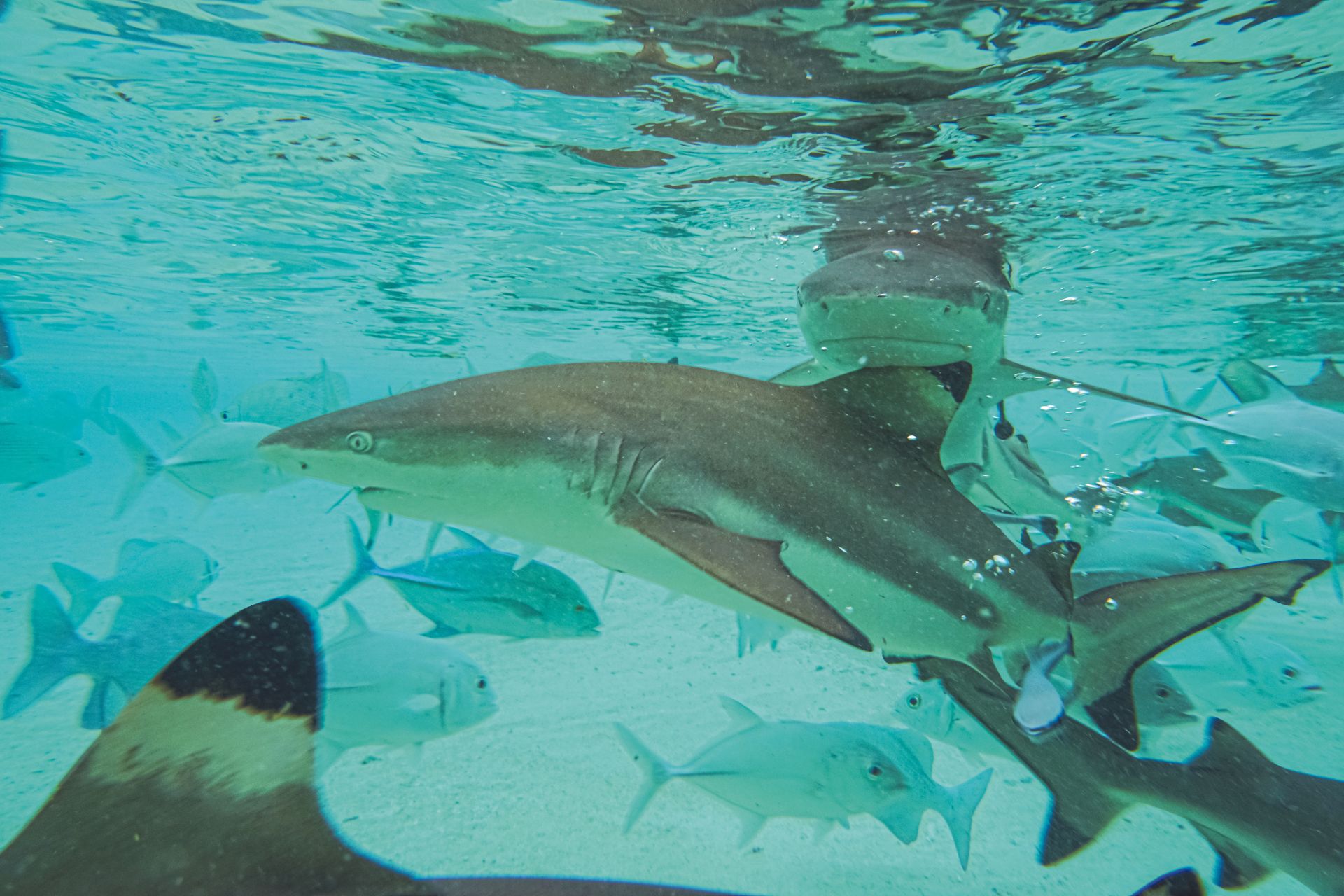
Swimming with reef sharks in the shallows is an unexpected surprise. Fast, they are fast! I melt down to horizontal and start swimming their circular route in crystalline waters. I slot in behind a pair of sharks who after a while, appear to accept me as no trouble, hot on their tails with my camera. One with a bite mark on its cheek helps me identify it.
I’m Free
This is not scuba diving, this is mastering the art of breath – mind and body aligned to reach depth. Nothing is more peaceful, strengthening and mentally empowering. The ‘Mammalian Diving Reflex’ is how a baby’s windpipe automatically closes to prevent water from entering the lungs, and why whales and dolphins can survive such depths.
Kaleidoscopic Corals
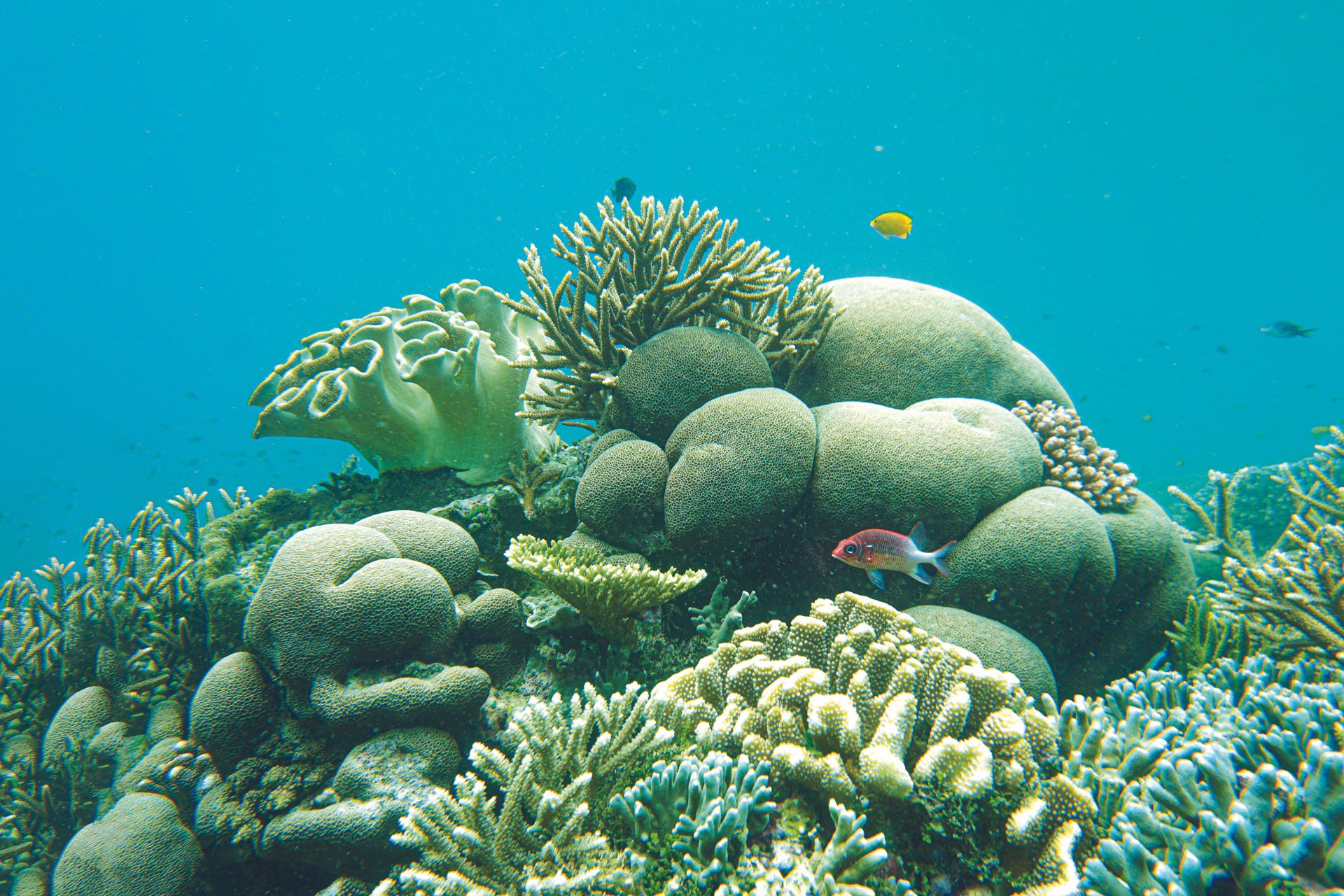
With three-quarters of the world’s coral varieties, ten times that of the Caribbean, and gin-clear waters, it means that you can see a kaleidoscope of corals resembling Murano vases, bunches of baby corn, marbled fans, cobwebs, and oversized cabbage patches without having to swim a stroke. I glide over golden fields of what look like coral fungi made of fine fragile bone china. I strain every muscle in my body as I hold my breath, ensuring my long free diving fins don’t touch the acres of intricacy just inches away from my body.
Into The Mangroves
Where the land meets the sea is a critically important place and mangroves harbour some of the most important nursery systems for all marine life. When I put my face under water I am blown away by an exquisite crystalline vision. I duck dive straight into a sea snake, quite literally, and my GoPro and I delightedly follow his stark black and white stripes. He’s incredibly poisonous but I am thrilled to be a foot away until he curls away beneath a coral head. Friendly bat fish live on the end of large tree root systems, and shoals of transparent vertical stick fish mimicking twigs float amid this underwater woodland.
Fee’s trip is bookable via Wix Squared bespoke travel. wixsquared.com
Photos: Fee Drummond X Fujifilm

